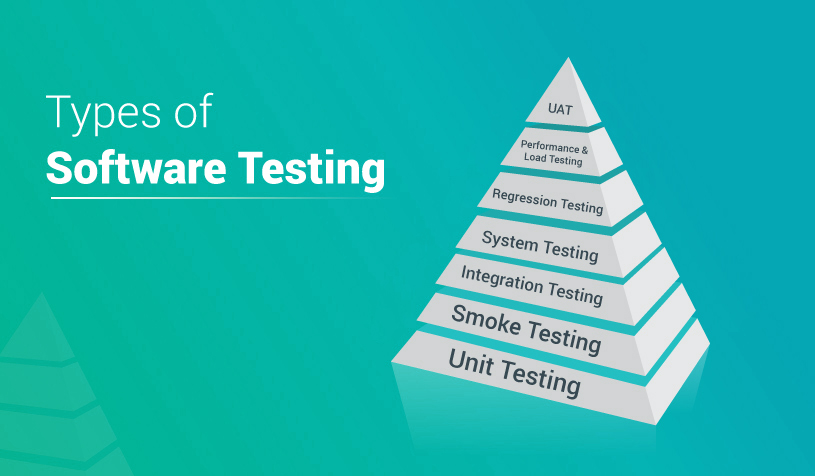Software testing is a vital procedure in the IT industry. The method involves testing the features and validating the operation of the program effectively. This is a very important branch of this IT field since any applications created are tested to make sure its effectiveness and proficiency based on its specifications and testing strategies. It also helps to detect any type of defects and flaws in the functioning of the applications which in turn helps the programmer to take the mandatory measure and create software with flawless operation.
There are different types of software testing done based on purposes. Every type is this classification relies upon its function and importance in the testing process. There is functional testing that is done in order to test any kind of functional defects in the software and ensure proper operation. Then there is performance testing that is principally done when the software is not functioning correctly.
Under such a situation testing is done to find any type of flaw that is hampering the successful performance. There's acceptance testing performed to verify if the program meets the customer-specific requirements or not along with also the recovery testing is done in order to examine how effectively a system can recuperate from crashes, hardware failure, and other computer-related problems. Apart from these, there's usability testing for detecting and verifying usability flaws and safety testing to ensure the security system or code of the program has no bugs and flaws.
Aside from this, you will find various other classifications as well based on which software testing is divided into various categories. Amongst the list of varied classification, the basic kinds are the guide and the automatic types that are categorized on the principle of its own mode of operation.

Manual Testing is a kind in which a tester is used to verify and validate each and every step. At each step, every button is pressed and each link is chosen to ensure its performance with respect to the given specifications at the testing procedure. This is a wholly manual procedure of testing where each link is tested carefully, each page is read, every picture is analyzed, and all paths verified.
For such laborious job companies and organizations appoint quality assurance professionals who are skilled and gifted in the stated area. Manual software testing is a very time-consuming procedure but still considered to be most effective especially in regions of games testing, online testing, and end-user testing. This type assures a higher level of satisfaction to the consumers and customers.
Automated Testing is a form where testing is done purely through an automatic tool. This tool gets functional with only one click of a mouse or one button on the keyboard and the comprehensive collection of software is verified and supported for its own performance.
The tool is an intricate and pricey affair but still, there are businesses that put special focus on this method to guarantee time-saving reduce labor price. It also requires a lot of maintenance and care but is good for long-term benefits. Most of the generational software is analyzed using this method and also some significant software compatibility evaluation is stored using the automated testing method.
Furthermore, there are far more types like the black box, white box, unit testing, alpha, beat, incremental integration, and sanity testing. All the types or methods have their own value and significance in the software testing process.
Comments
Post a Comment